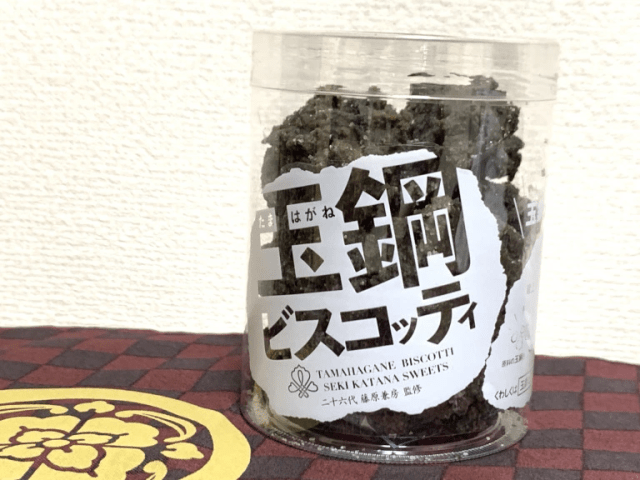
26th-generation swordsmith oversees the creation of Tamahagane Biscotti.
There are several unique aspects of Japanese swordsmithing, and that goes right down to the material used. Katana are traditionally forged with what’s called tamahagane, which literally means “ball steel.”
Tamahagane contains a high concentration of iron sand and forms in irregular clumps. In unrefined form, it has a dark, dull color, but there are also specks of shine if you look closely enough.
▼ Tamahagane
We recently saw a tamahagane sample on display in the town of Seki, Gifu Prefecture. Seki has been Japan’s premier sword-producing city since the samurai era, but this particular piece of tamahagane wasn’t on display in a museum or cutlery shop, but inside snack shop Seki Milk, which also sells tamahagane-themed cookies!
Officially, they’re called Tamahagane Biscotti, which adds a bit of multilingual appeal to their sweet and historical charms. The “samurai steel cookies” are produced under supervision from 26th-generation Japanese swordsmith Kanefusa Fujiwara, who also was involved with the creation of the tasty Katana Ice frozen treat we ate at Seki Milk, and so we decided to pick up a container of Tamahagane Biscotti for 850 yen (US$7.90).
Katana aren’t produced via an automated process, and so neither are the Tamahagane Biscotti. Each cookie is handmade to ensure an irregular shape, and visually they look amazingly similar to actual tamahagane steel, right down to flecks of light color (which in the biscotti’s case come from salt and almond powder).
▼ Steel (left) vs. cookie (right)
As a matter of fact, the sweets look so much like their edged weapon-related inspiration that we were almost afraid we were going to chip a tooth as we took our first bite. To our relief, though, Tamahagane Biscotti contain no actual metal, and are crispy but light, breaking apart easily without any warrior-level use of strength in your jaw muscles.
They taste great too, with the star ingredient being rice flour made with hatsushimo rice. Hatsushimo is a rare strain grown locally in Seki, and is known as a type of rice that retains its delicious flavor even at room temperature. As for the color, it comes from the use of edible bamboo charcoal, the same ingredient in the black hamburgers which were all the rage in Japan a while back.
Like hatsushimo rice, the Tamahagane Biscotti aren’t easy to come by. In Seki, they’re only sold in three places: Seki Milk, confecionary shop Seki Toraya, and the Seki Hamono Museum. In Tokyo, the only place you can purchase them is the Japanese Sword Museum in Sumida Ward, but to be honest, if you’re the kind of person who’s intrigued by samurai steel cookies, odds are you won’t mind heading to a samurai sword museum to get some.
Shop information
Seki Milk / 関牛乳 株式会社
Address: Gifu-ken, Seki-shi, Kannonmae 41
岐阜県関市観音前41番地
Open 9 a.m.-6 p.m. (weekdays), 9 a.m.-5 p.m. (weekends, holidays)
Related: Tamahagane Biscotti website
Photos ©SoraNews24
● Want to hear about SoraNews24’s latest articles as soon as they’re published? Follow us on Facebook and Twitter!
[ Read in Japanese ]

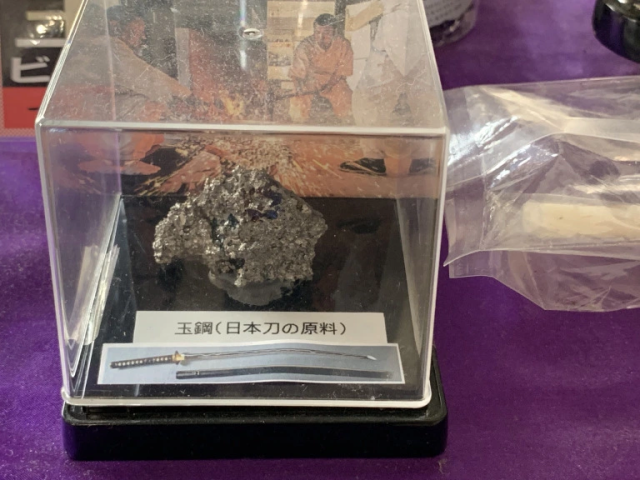
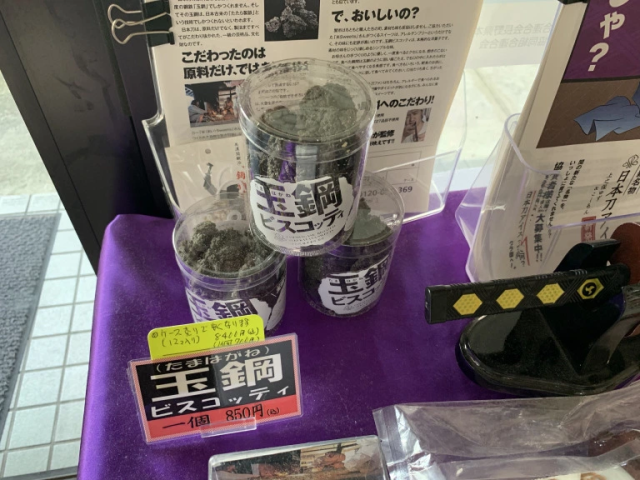
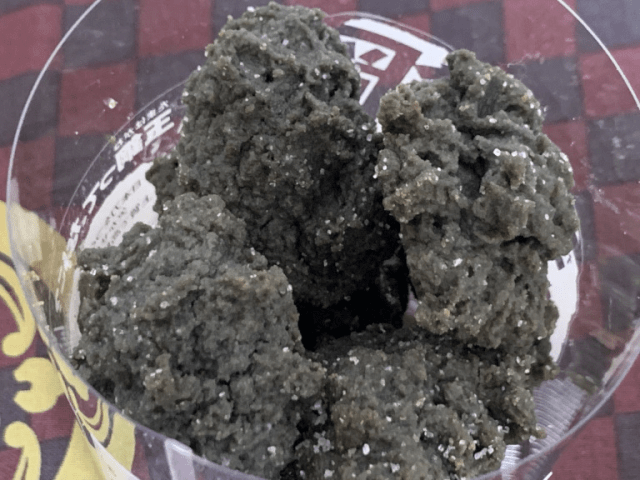
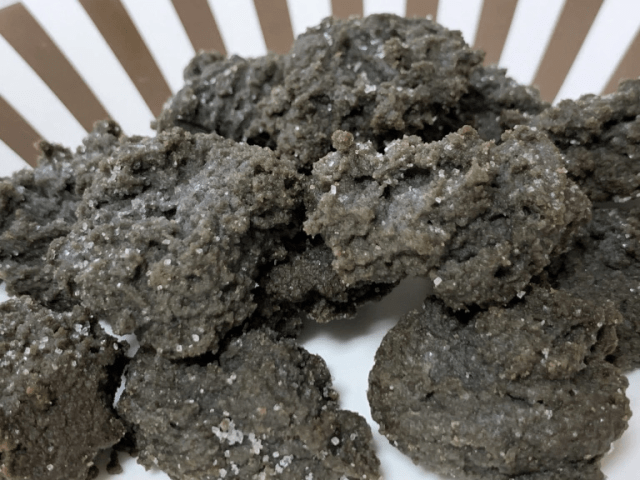
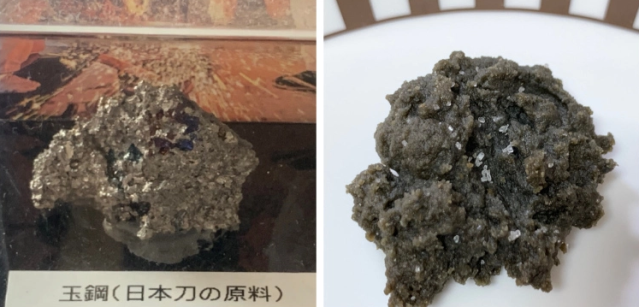
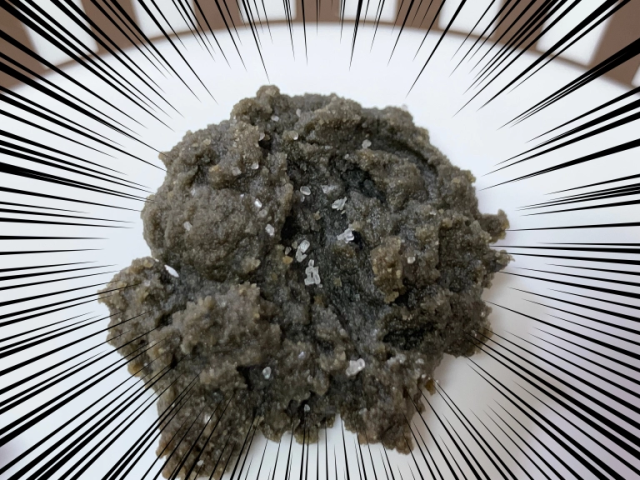
 Japanese samurai sword ice cream crafted by master swordsmith from famous katana town of Seki
Japanese samurai sword ice cream crafted by master swordsmith from famous katana town of Seki Real-life Rurouni Kenshin katana forged based on sword of series’ most merciless villain【Photos】
Real-life Rurouni Kenshin katana forged based on sword of series’ most merciless villain【Photos】 One Piece anime katanas recreated as exquisite letter openers by Japan’s swordsmith legacy heirs
One Piece anime katanas recreated as exquisite letter openers by Japan’s swordsmith legacy heirs Sharpen your look with stylish Damascus steel watches modeled after Japanese blades
Sharpen your look with stylish Damascus steel watches modeled after Japanese blades Swords of famous samurai reborn as beautiful kitchen knives from Japan’s number-one katana town
Swords of famous samurai reborn as beautiful kitchen knives from Japan’s number-one katana town Majority of Japanese mayors say foreign residents are essential but most see good and bad effects
Majority of Japanese mayors say foreign residents are essential but most see good and bad effects Should you dip your cake in sake? One Japanese brewer says no, but actually yes【 Taste test】
Should you dip your cake in sake? One Japanese brewer says no, but actually yes【 Taste test】 Starbucks Japan ready to get Year of the Horse started with adorable drinkware and plushies【Pics】
Starbucks Japan ready to get Year of the Horse started with adorable drinkware and plushies【Pics】 Japanese beef bowl chain Sukiya’s 2026 Smile Box lucky bag basically pays for itself
Japanese beef bowl chain Sukiya’s 2026 Smile Box lucky bag basically pays for itself We revisited Sweets Paradise after a decade to see if Japan’s dessert buffet still delivers
We revisited Sweets Paradise after a decade to see if Japan’s dessert buffet still delivers Village Vanguard’s most expensive Black Lucky Bag sets an ominous tone for 2026
Village Vanguard’s most expensive Black Lucky Bag sets an ominous tone for 2026 “Eco-pochi” indoor plants will add style to your home and remove stinky smells, too!
“Eco-pochi” indoor plants will add style to your home and remove stinky smells, too! The results are in! One Piece World Top 100 characters chosen in global poll
The results are in! One Piece World Top 100 characters chosen in global poll Japanese thug wear from Birth Japan perfect for those breaking bad next year
Japanese thug wear from Birth Japan perfect for those breaking bad next year Pizza Hut Japan’s hot lucky bags are perfect for a New Year’s pizza party
Pizza Hut Japan’s hot lucky bags are perfect for a New Year’s pizza party Hayao Miyazaki says Happy New Year to Studio Ghibli fans with new art for Year of the Horse
Hayao Miyazaki says Happy New Year to Studio Ghibli fans with new art for Year of the Horse 7 great places to see Mt. Fuji from without having to climb it
7 great places to see Mt. Fuji from without having to climb it We found possibly the quietest Japanese-style hotel in Tokyo’s bustling Shinjuku district
We found possibly the quietest Japanese-style hotel in Tokyo’s bustling Shinjuku district Cup Noodle tries an authentic Jiro-style ramen, but something’s not quite right
Cup Noodle tries an authentic Jiro-style ramen, but something’s not quite right Hello Kitty Choco Egg figures are an adorable trip through three periods of Japanese pop culture【Pics】
Hello Kitty Choco Egg figures are an adorable trip through three periods of Japanese pop culture【Pics】 Japan’s oldest largetooth sawfish in captivity back on display in Mie Prefecture
Japan’s oldest largetooth sawfish in captivity back on display in Mie Prefecture Cyberpunk anime meets traditional culture in Ghost in the Shell gold leaf Japanese changing screens
Cyberpunk anime meets traditional culture in Ghost in the Shell gold leaf Japanese changing screens The best Starbucks Japan Frappuccinos we want to drink again in 2026
The best Starbucks Japan Frappuccinos we want to drink again in 2026 7-Eleven Japan starts new temporary luggage storage service in over 300 branches
7-Eleven Japan starts new temporary luggage storage service in over 300 branches Disillusionment at Tsukiji’s tourist-target prices led us to a great ramen restaurant in Tokyo
Disillusionment at Tsukiji’s tourist-target prices led us to a great ramen restaurant in Tokyo Starbucks teams up with 166-year-old Kyoto doll maker for Year of the Horse decorations【Photos】
Starbucks teams up with 166-year-old Kyoto doll maker for Year of the Horse decorations【Photos】 Tokyo considering law requiring more trash cans following litter increase in heavily touristed area
Tokyo considering law requiring more trash cans following litter increase in heavily touristed area Tokyo’s Tsukiji sushi neighborhood asks tour groups to stay away for the rest of the month
Tokyo’s Tsukiji sushi neighborhood asks tour groups to stay away for the rest of the month Tokyo event lets you travel back in time, for free, to celebrate 100 years since Showa era start
Tokyo event lets you travel back in time, for free, to celebrate 100 years since Showa era start Sanrio theme park in Japan announces plans to expand into a Sanrio resort
Sanrio theme park in Japan announces plans to expand into a Sanrio resort Japan may add Japanese language proficiency, lifestyle classes to permanent foreign resident requirements
Japan may add Japanese language proficiency, lifestyle classes to permanent foreign resident requirements Stamina-destroying “Paralysis Noodles” are Tokyo’s newest over-the-top ramen innovation
Stamina-destroying “Paralysis Noodles” are Tokyo’s newest over-the-top ramen innovation Survey asks foreign tourists what bothered them in Japan, more than half gave same answer
Survey asks foreign tourists what bothered them in Japan, more than half gave same answer Japan’s human washing machines will go on sale to general public, demos to be held in Tokyo
Japan’s human washing machines will go on sale to general public, demos to be held in Tokyo Japan’s deadliest food claims more victims, but why do people keep eating it for New Year’s?
Japan’s deadliest food claims more victims, but why do people keep eating it for New Year’s? We deeply regret going into this tunnel on our walk in the mountains of Japan
We deeply regret going into this tunnel on our walk in the mountains of Japan Studio Ghibli releases Kodama forest spirits from Princess Mononoke to light up your home
Studio Ghibli releases Kodama forest spirits from Princess Mononoke to light up your home Major Japanese hotel chain says reservations via overseas booking sites may not be valid
Major Japanese hotel chain says reservations via overseas booking sites may not be valid Put sesame oil in your coffee? Japanese maker says it’s the best way to start your day【Taste test】
Put sesame oil in your coffee? Japanese maker says it’s the best way to start your day【Taste test】 No more using real katana for tourism activities, Japan’s National Police Agency says
No more using real katana for tourism activities, Japan’s National Police Agency says Starbucks Japan reveals new sakura drinkware collection, inspired by evening cherry blossoms
Starbucks Japan reveals new sakura drinkware collection, inspired by evening cherry blossoms Updated cherry blossom forecast shows extra-long sakura season for Japan this year
Updated cherry blossom forecast shows extra-long sakura season for Japan this year Katana of four of Japan’s greatest samurai turned into gorgeous scissors
Katana of four of Japan’s greatest samurai turned into gorgeous scissors Mini samurai sword scissors are here to help you slice paper and plastic foes to pieces【Photos】
Mini samurai sword scissors are here to help you slice paper and plastic foes to pieces【Photos】 Samurai sword hunt begins as storm washes away blacksmith’s warehouse in Gifu Prefecture
Samurai sword hunt begins as storm washes away blacksmith’s warehouse in Gifu Prefecture Historical katana dessert knives turn your sweet snacks into a delicious duel【Photos】
Historical katana dessert knives turn your sweet snacks into a delicious duel【Photos】 An up-close look at one of Japan’s five Ryuseito swords, forged from meteorites【Photos】
An up-close look at one of Japan’s five Ryuseito swords, forged from meteorites【Photos】 Samurai armor and mini katana tableware is here to keep your bottles safe and your food stabbed
Samurai armor and mini katana tableware is here to keep your bottles safe and your food stabbed Cruel angels, beautiful blades: The amazing sword of the Evangelion and Katana exhibition【Photos】
Cruel angels, beautiful blades: The amazing sword of the Evangelion and Katana exhibition【Photos】 Legendary crescent moon katana, one of Japan’s Five Swords Under Heaven, now on display in Tokyo
Legendary crescent moon katana, one of Japan’s Five Swords Under Heaven, now on display in Tokyo Japanese city famous for its production of swords and knives now has katana-shaped ice cream
Japanese city famous for its production of swords and knives now has katana-shaped ice cream Impress your coworkers by opening your mail with a tiny samurai sword engraved with your name
Impress your coworkers by opening your mail with a tiny samurai sword engraved with your name Real-life Rurouni Kenshin reverse-blade katana, forged by master swordsmith, now on display【Pics】
Real-life Rurouni Kenshin reverse-blade katana, forged by master swordsmith, now on display【Pics】 What’s so special about Japanese swords? We interview master katana maker Norihiro Miyairi!
What’s so special about Japanese swords? We interview master katana maker Norihiro Miyairi! Chop up paperwork with katana scissors inspired by the swords of Oda Nobunaga and other samurai
Chop up paperwork with katana scissors inspired by the swords of Oda Nobunaga and other samurai Amazing exhibition of Japan’s legendary “cursed katana” is going on right now【Photos】
Amazing exhibition of Japan’s legendary “cursed katana” is going on right now【Photos】 Dojigiri, the millennium-old katana said to have slain a demon, is now on display in Tokyo【Pics】
Dojigiri, the millennium-old katana said to have slain a demon, is now on display in Tokyo【Pics】 This hotel has one of the coolest katana collections in Japan, and admission is totally free【Pics】
This hotel has one of the coolest katana collections in Japan, and admission is totally free【Pics】
Leave a Reply